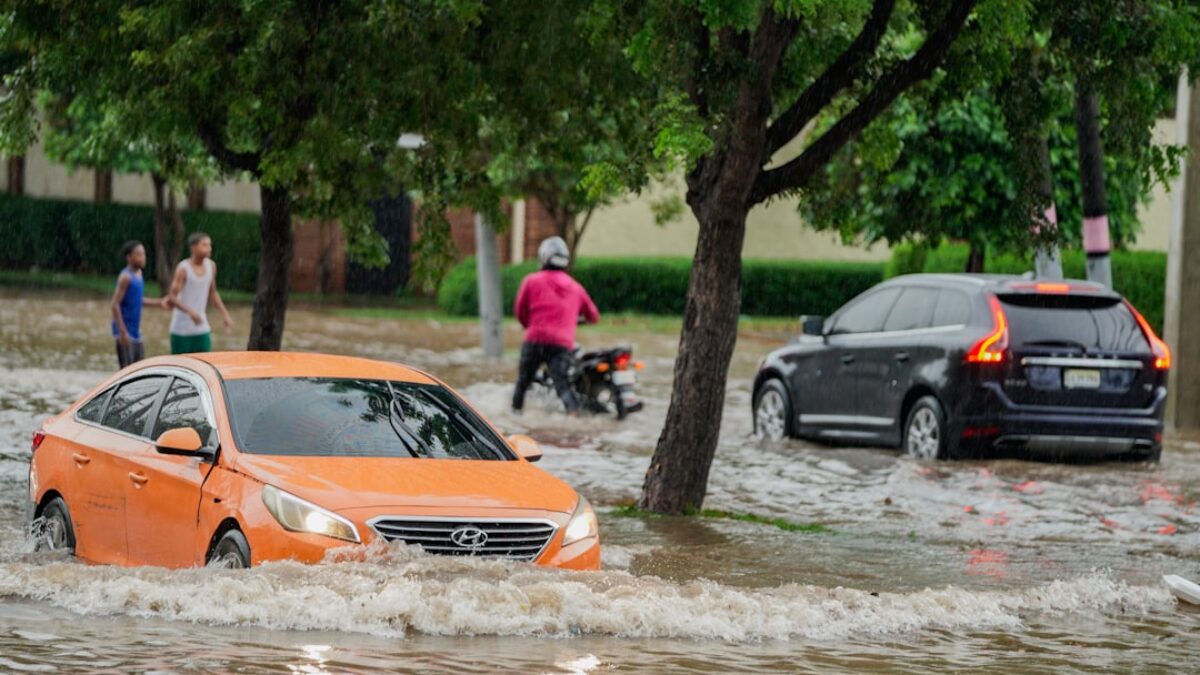Flooding is one of the most common and devastating natural disasters in the United States. It can cause significant damage to homes, belongings, and even lead to loss of life. Understanding flood coverage in home insurance is crucial for homeowners who want to protect their investments and ensure their safety. This comprehensive guide will explore the essentials of flood coverage, including what it is, how it works, and what homeowners need to know to safeguard their properties.
Understanding Flood Coverage
What is Flood Coverage?
Flood coverage refers to the insurance protection for damages caused by flooding, which can arise from various events such as heavy rainfall, snowmelt, or storm surges. It is important to note that standard home insurance policies typically do not include flood coverage, making it necessary for homeowners to obtain a separate flood insurance policy.
Why is Flood Coverage Important?
Flooding can occur in any part of the country, not just in flood-prone areas. Here are some reasons why having flood coverage is essential:
- Financial Protection: Flood damage can lead to extensive repair costs that can deplete savings and financial resources.
- Peace of Mind: Knowing that you have coverage can alleviate anxiety during storm seasons.
- Regulatory Requirements: In some areas, having flood insurance is a requirement for obtaining a mortgage.
Types of Flood Insurance Policies
There are primarily two types of flood insurance policies available:
1. National Flood Insurance Program (NFIP)
The NFIP is a federal program managed by the Federal Emergency Management Agency (FEMA). It offers two types of coverage:
- Building Property Coverage: This covers the physical structure of your home and its foundation, as well as certain essential systems like plumbing and electrical.
- Contents Coverage: This protects personal belongings such as furniture, appliances, and clothing.
2. Private Flood Insurance
Some private insurance companies offer flood insurance coverage, which can sometimes provide more tailored options than the NFIP. Key features include:
- Higher Coverage Limits: Private policies often allow for higher coverage limits than NFIP.
- Fewer Restrictions: Private insurers may not have the same limitations as NFIP, such as coverage exclusions for certain types of damage.
How to Obtain Flood Coverage
Assess Your Flood Risk
The first step in obtaining flood coverage is to assess your risk. Homeowners can use resources like FEMA’s Flood Map Service Center to determine if their property is in a flood zone.
Shop for Insurance
Once you understand your risk, you can start shopping for flood insurance. Consider the following:
- Compare Policies: Look at different insurance providers and compare coverage options and costs.
- Understand Exclusions: Make sure to read the fine print to understand what is and isn’t covered.
Purchase and Maintain Your Policy
After selecting the right policy, purchase it and ensure that you maintain it by keeping up with payments and updating coverage as necessary.
Real-World Examples of Flood Coverage in Action
Case Study 1: Hurricane Harvey
During Hurricane Harvey in 2017, many homeowners in Texas faced significant flooding. Those with NFIP flood insurance were able to claim up to $250,000 for structural damage and $100,000 for personal belongings. Many without flood insurance faced devastating financial losses, highlighting the importance of having coverage.
Case Study 2: New Orleans Flooding
Following Hurricane Katrina, homeowners in New Orleans learned the hard way about the necessity of flood insurance. Many properties were rendered uninhabitable, and without flood coverage, residents faced overwhelming repair costs, emphasizing the critical need for comprehensive flood coverage.
Frequently Asked Questions (FAQ)
What is the waiting period for flood insurance?
The standard waiting period for flood insurance is 30 days from the date of purchase. This is important to keep in mind, especially before hurricane season or when floods are anticipated.
How much flood insurance do I need?
The amount of flood insurance you need depends on various factors, including:
- The value of your home
- The value of your personal belongings
- Your risk level based on location
It’s advisable to consult with an insurance agent to determine the appropriate coverage for your situation.
Does flood insurance cover basement flooding?
Many flood insurance policies do not cover damage in basements, particularly for personal property. However, structural damage may still be covered if it meets certain criteria. Always check the specifics of your policy.
How often should I review my flood insurance policy?
It is recommended to review your flood insurance policy at least once a year. Changes in property value, renovations, or shifts in flood risk can all necessitate updates to your coverage.
Can I get flood insurance if I live in a low-risk area?
Yes, homeowners in low-risk areas can still purchase flood insurance. In fact, about 20% of flood claims come from properties outside high-risk flood zones. It’s a wise decision for comprehensive coverage.
Key Considerations for Homeowners
- Know Your Flood Zone: Understanding whether your home is in a high-risk flood zone can help you determine the necessity of flood insurance.
- Be Aware of Policy Limits: Familiarize yourself with the coverage limits of your flood insurance policy to ensure adequate protection.
- Consider Additional Coverage: Depending on your needs, you may want additional coverage for specific items or higher limits.
Conclusion
Flood coverage is an essential component of comprehensive home insurance that every homeowner should consider. With the increasing frequency of severe weather events, understanding your flood risk, the types of coverage available, and how to obtain it is vital for protecting your home and belongings. By being proactive and informed, you can ensure that you are prepared for whatever nature may bring.
Key Takeaways:
- Flood coverage is typically not included in standard home insurance policies.
- Homeowners can choose between NFIP and private flood insurance options.
- Assessing flood risk and understanding policy details are crucial for making informed decisions.
- Regularly review and maintain your flood insurance policy to ensure adequate protection.
